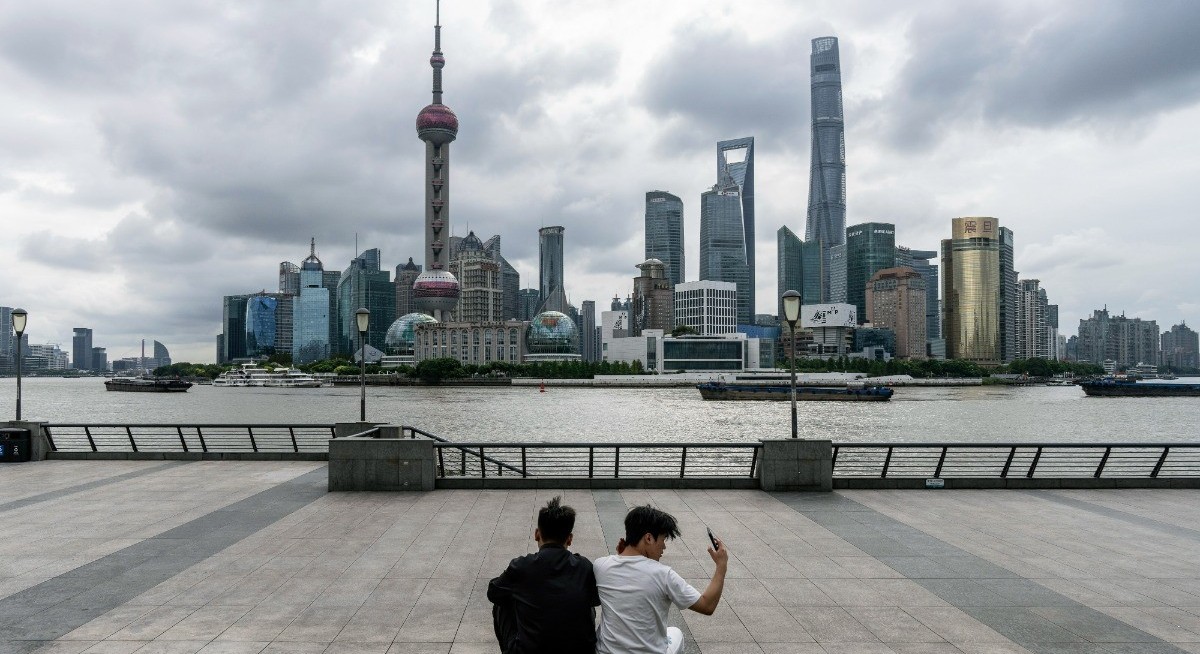(Nov 14): China’s economic activity cooled more than expected in October, with an unprecedented slump in investment and slower growth in industrial output adding to a drag from sluggish consumption.
Industrial production climbed 4.9% last month from a year earlier, according to data released by the National Bureau of Statistics on Friday, down from 6.5% in September. The median forecast of economists in a Bloomberg survey was for an increase of 5.5%.
Retail sales gained 2.9%, slowing for the fifth straight month in the longest such streak since 2021. Fixed-asset investment shrank 1.7% in the first 10 months of the year, a record decline for the period. The surveyed urban unemployment rate dropped slightly to 5.1%.
“The economy is facing quite a few challenges given the multiple unstable and uncertain factors in the external environment and rather big pressure on economic restructuring within the country,” the NBS said in a statement accompanying the data release.
The market’s reaction to the disappointing data was muted, with the yuan and government bonds trading little changed. The CSI 300 Index of stocks was down 0.7%, after a 1.2% advance on Thursday.
The world’s second-largest economy is losing further momentum at the start of the final quarter after expansion moderated over the previous six months. China is more vulnerable after a surprise contraction in exports that, if sustained, would leave it more exposed to a slowdown in consumer spending at home.
See also: China’s ex-finance chief warns property will ‘amplify’ deflation
Tensions with the US over trade escalated last month, before a deal reached later in October by Presidents Donald Trump and Xi Jinping at talks in South Korea. Lower tariffs hold out the prospect of boosting trade between the rival superpowers in the months ahead.
Domestic demand has been weakening across the board, with contracting investment compounding the impact of subdued consumer confidence. That’s making it harder to address the concerns of trading partners over an influx of Chinese exports squeezing local industries.
“The drop of fixed asset investment is quite fast,” said Zhiwei Zhang, president and chief economist at Pinpoint Asset Management. “It reflects the weak property sector investment as well as lacklustre infrastructure investment.”
See also: China’s steel production has the weakest October since 2021
While a high comparison base and one fewer working day are partly to blame for the slowdown in October, the extended deceleration in retail sales shows the importance of ramping up support for households.
Some economists are expecting the government to expand its programme of subsidies for consumer goods to include some services. But more sustainable measures are needed, such as long-term reforms to China’s income distribution and social security system, as the country prepares to launch its next five-year development plan in 2026.
In the absence of a broader initiative to boost consumption, the authorities have acted swiftly to stem the decline in investment.
A combined one trillion yuan ($180 billion) in stimulus has been approved since the end of September to spur capital expenditure and replenish local coffers, with the effects likely to become more evident in the coming weeks.
The prospect of further monetary easing has dimmed, however, after the Chinese central bank this week suggested it was unconcerned over slower loan growth.
More importantly, Beijing’s economic growth goal of around 5% goal in 2025 still looks within reach, especially if the outlook for exports improves following the trade truce with the US. The current consensus forecast among analysts projects an expansion of 4.9% for this year.
Uploaded by Chng Shear Lane




